Category Management Drives a Step Change in Business Value Leadership's expectations of procurement have increased, but getting closer to the business means developing required levels of capability, process and sustainability Category management is a strategic approach that aligns procurement with the overall vision and objectives of the "Category Management" is the process of pooling similar products into a single category and then addressing all business initiatives for that category as a whole These initiatives can include the procurement process, merchandising, sales, product lifecycle management, and other retail effortsCategory Management can be defined as "The distributor/supplier process of maximizing sales and profits while enhancing product value and customer experience by managing categories as SBUs and producing enhanced business results by focusing on delivering customer value" So, 'Category Management' is a process of maximizing sales and

Category Management
Category management in purchasing a strategic approach to maximize business profitability pdf
Category management in purchasing a strategic approach to maximize business profitability pdf-Benefits of Category management Procurement 1 Increase in performance of vendors Category Management helps big and small businesses to work with vendors efficiently and secures the time between the start and end of their process It also helps Category management can be defined as a strategic approach to procurement In other words, where the organization segments its spending on boughtin goods and services, the segmentation arranges goods and services in discrete groups depending on the functions of these goods and services
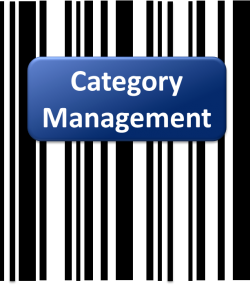



Driving Category Management With Sales Marketing Analytics
4 Category scorecard Scorecard is the strategic allocation of work to be performed to reach the category goals and objectives It is a summary of observations and analysis to help develop goals and targets for the category It should include an assessment of consumer buying habits 5 Category strategies Category Management is a procurement management strategy used for efficient spend management and cost savings It involves the categorization of various goods and services and managing them as business units (BU) with the purpose of effectively and efficiently improving business outcomes It employs a structured and measurable projectCategory Management Engaging Stakeholders, Delivering Results An effective sourcing and supplier management strategy requires a good understanding of procurement best practices, but it also requires detailed knowledge of the spend category and the marketplace As procurement departments strive to provide more value outside of traditional spend categories, they must
According to CIPS, category management is a strategic approach that organizes procurement resources to focus on specific areas of spend Category managers can zone in on one specific category and conduct market or pricing analysis for that particular group What is Category Management? Category Management is a strategic approach to procurement where businesses segment their spend into areas that contain similar or related products enabling focus opportunities for consolidation and efficiency Category Management may involve The splitting of direct and indirect products and inventory or services
Category Management is the practice of buying common goods and services as an organized enterprise in order to improve the efficiency and effectiveness of acquisition activities Category Management helps organizations buy smarter for common goods and services such as office supplies, travel and lodging, housekeeping services, and moreCategory management represents bestpractice procurement across government Category groups There are 6 major categories of spend (category groups) Each category group is managed by a lead agency and governed by a category council that oversees the category strategies and endorses related execution plans The category councils are supportedCategory management's goal is to save money and time It involves a close relationship with fewer suppliers to add value together Components of category management involve many stakeholders, demand management and encompasses the entire supply chain Category management uses economies of scale to create a benefit for the organization




Category Management Evolution Winston Weber Associates
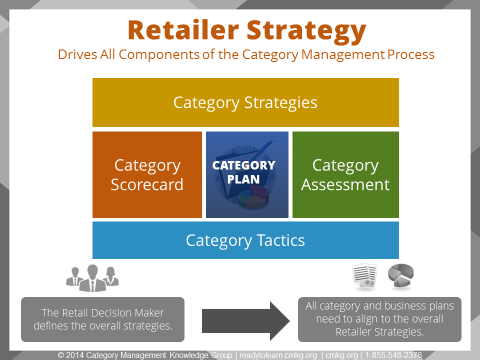



Why Be Retailer Centric In Your Category Management Approach
The education consists of 5 modules, with category management as the line of approach Module 1 the category approach in procurement We concentrate on the approach, the principles and the concept behind category management and discuss possibilities and risks We will also look at how the approach can be embedded in your organization, and howCustomer Relationship Management (basic) *Certification levels can only be achieved in succession (CPCA, CPCM and CPSA) We are recommending the following general development timeline for people to consider in their personal development for the CPCM certification Category Manager 36 years Category management is a strategic process used by retailers to organize procurement and segment products into different groups in order to increase business efficacy and gain strategic goals Generally speaking, category management implies organizing SKUs into groups of similar or related products, so they can be supplied and priced as an
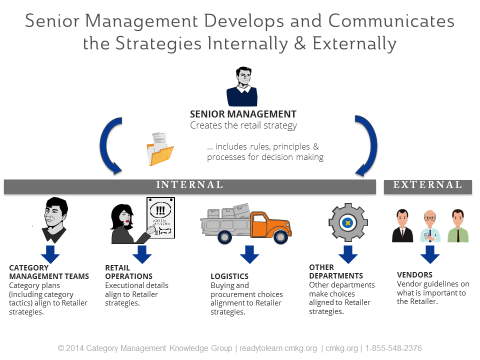



Category Management Overview Back To The Foundations
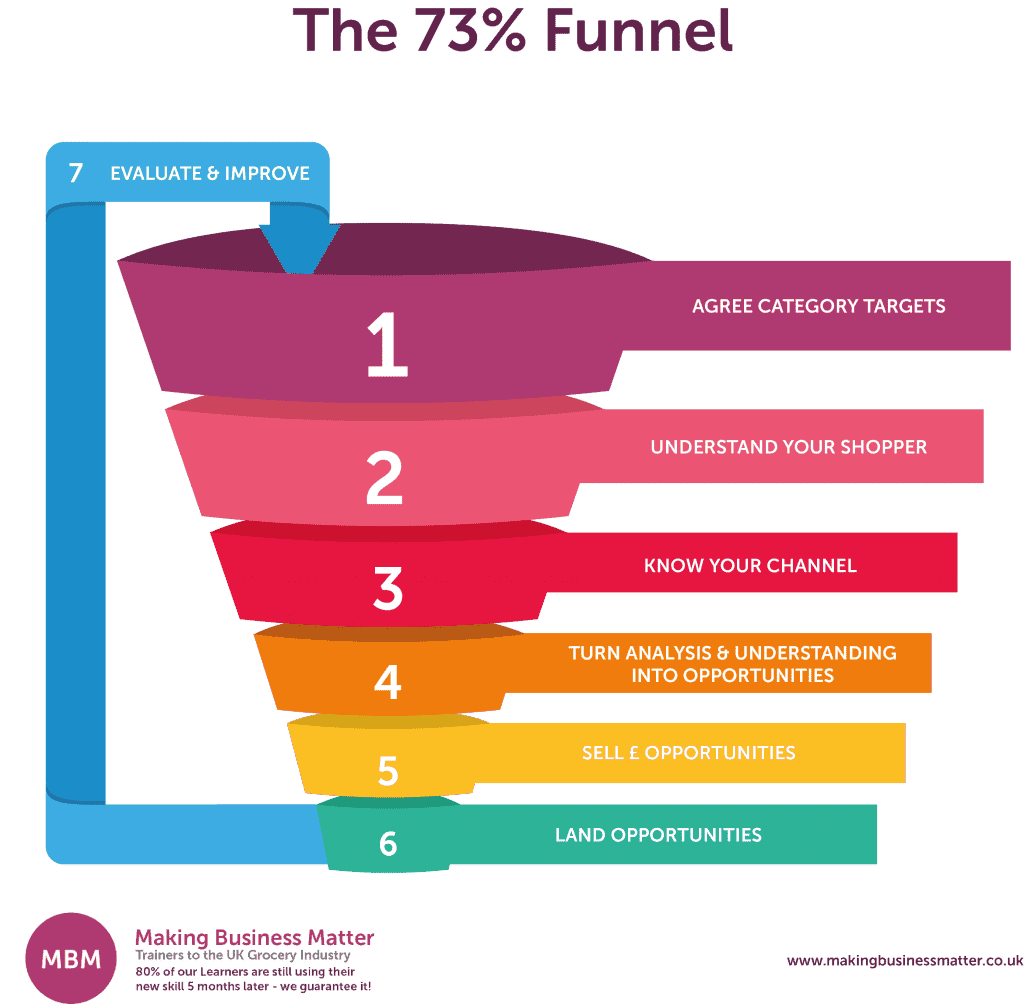



Category Management Training Course Mbm
Category Management is a strategic approach to procurement that involves organizing a company's spend into related or similar groups so funds can be allocated appropriately and managed effectively This concept can easily be related to creating a household budgetCategory management is the management of the assortment in retail, where you divide the assortment into groups (categories) with common characteristics or objectives For example, you arrange the shelves of a shop according to the principle of category management one shelf has only dairy products, another has meat products, etc Category Management Process in Procurement Category management is the process of pulling together similar products in a single category;




Driving Category Management With Sales Marketing Analytics
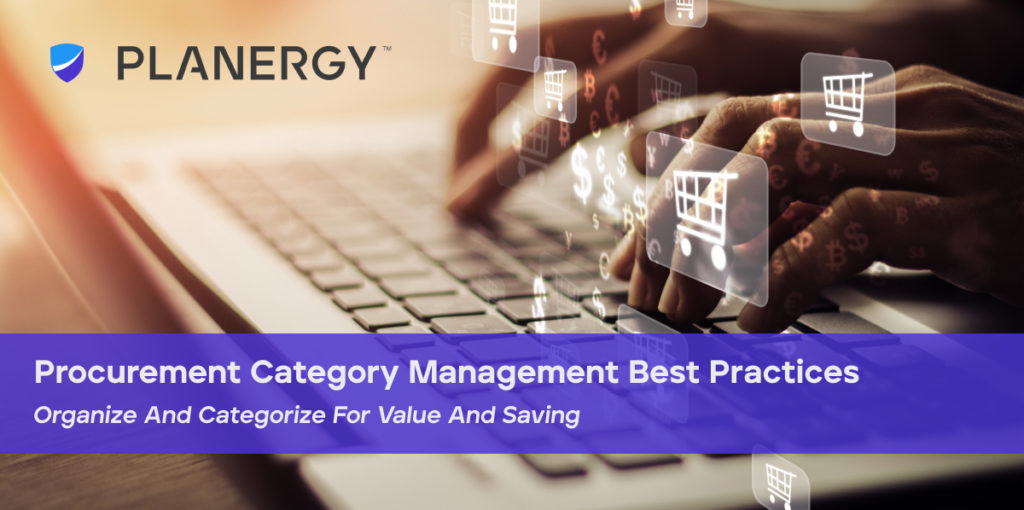



Procurement Category Management Best Practices Planergy Software
Category Management is centered on creating value in the long run Category management is iterative and built around continuous improvement It leverages strategic sourcing and the deep knowledge of category managers to optimize every product category and subcategory, and align this optimization with the organization's needs and businessCategory Management is the structured and collaborative process of managing product groups as strategic business units with the aim of improving improved category performance through efficient consumer response It includes but is not limited to pricing, promotion, placement (planograms and floor planning), assortment, and cluster planningThe goal of the category management function is to ensure that each category's performance is maximized to its full potential, by implementing different strategies and tactics starting from buying and supplier management to visual display and sales performance management
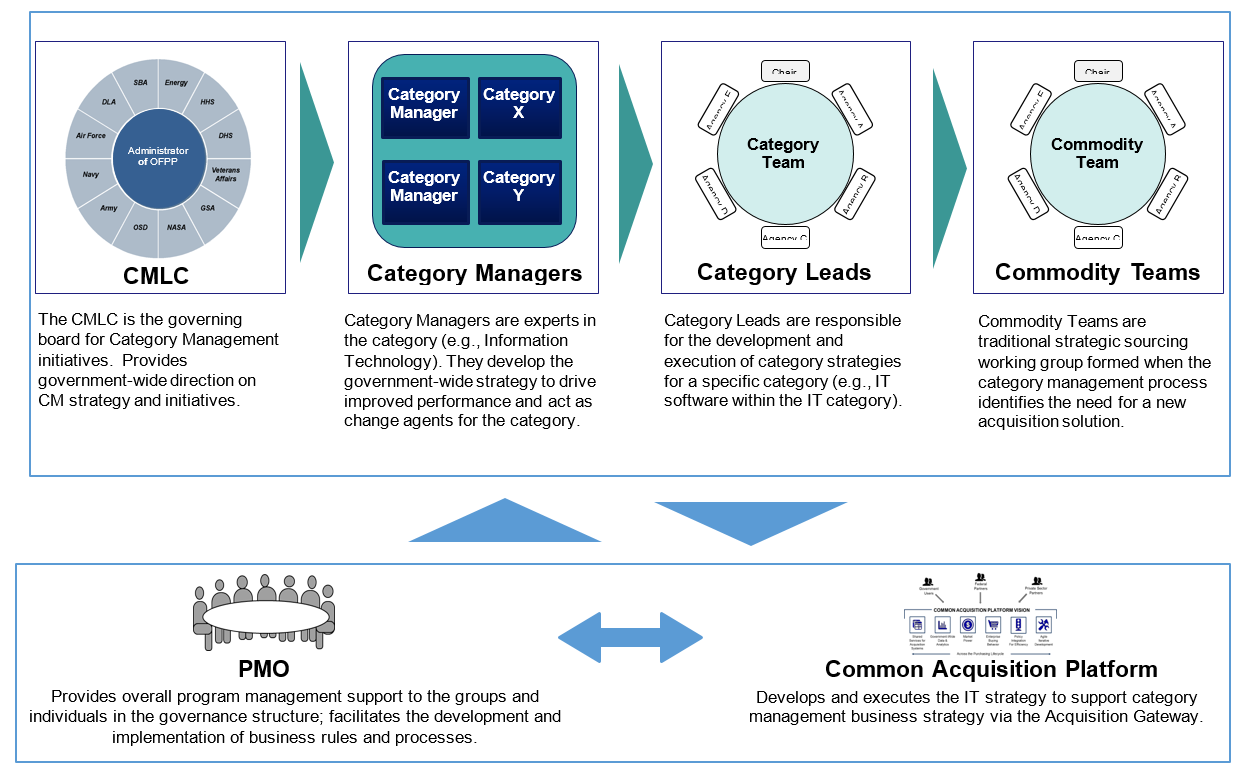



Category Management And Strategic Sourcing Olao
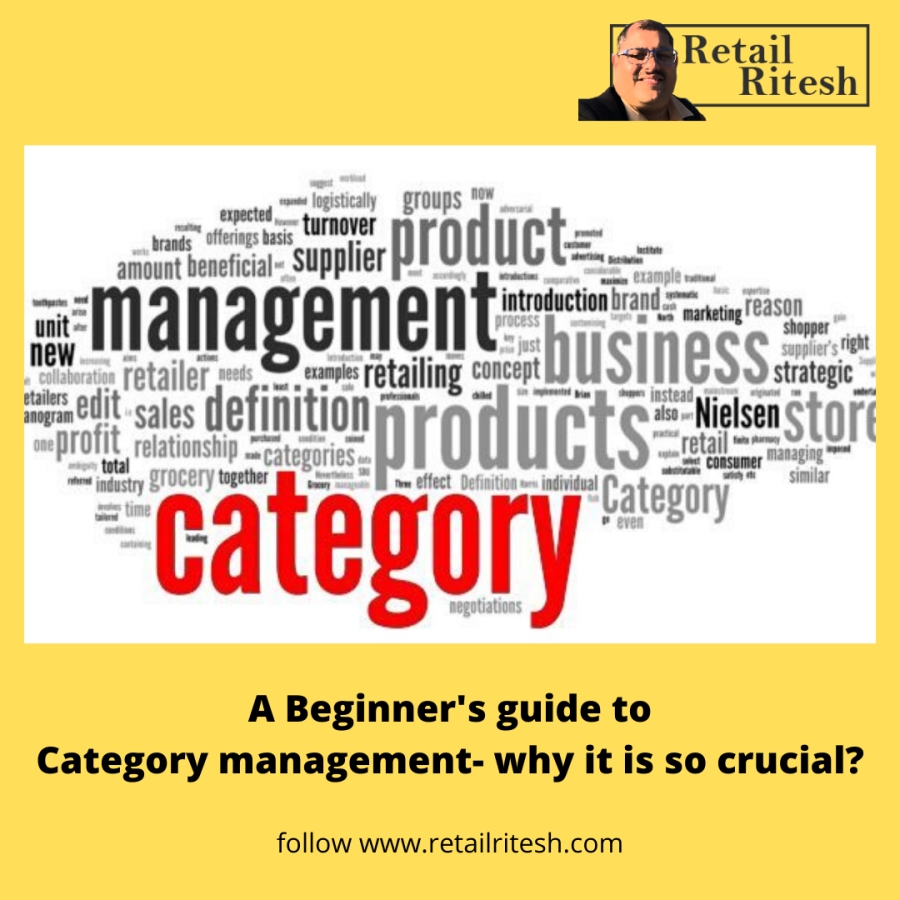



A Beginner S Guide To Category Management Why Is It So Crucial Simplifying Retail
This is one of the harder retail concepts to define, as category management can mean different things to different people In general, category management is the process of bundling like products into a singular category, or business unit, and then addressing procurement, merchandising, sales, and other retail efforts on the category as a wholeCategory management is the process of classifying and managing product categories as strategic business units, rather than simply viewing a retailer's offering as a collection of individual products The category management approach delivers enhanced business results by focusing on delivering consumer valueJob brief We are looking for a Category Manager to manage a group or category of products for our company You




Category Management Dashboard Sourcing And Contracts




Category Management Wikipedia
Category Management Definition What we call 'Category Management' today developed from the concepts behind Efficient Consumer Response (ECR) This looked to increase the quality of services to consumers This was achieved through close cooperation and a Category Management process among retailers, wholesalers, and manufacturers Offer expert advice as required Attend category team meetings when necessary 6 Team charter The team charter can be used to set the team on the right direction by documenting what the team will do and establish the expected behaviors Helps theCategory Manager responsibilities include Analyzing data or insights to determine industry and consumer trends;



Category Management




Introduction To 5i Category Management Youtube
The importance of having category management in procurement is now dawning on organizations that do not have welldefined procurement goals One of the key reasons for this being that these players are unable to get the best value out of their thirdparty controllable spend Moreover, companies could end up paying a hefty price Category management is a systematic way to group segments of procurement spend while increasing revenue, reducing risks, maintaining partnerships with suppliers, and overall boosting the effectiveness of procurement efforts The category management process Below, we explore the six steps in a typical category management process, along with some bestpractice tips for procurement success 1 Define categories Just like a household budget or a todo list, organizational spend is very difficult to manage as a single unit Splitting your spend into categories (and



Dau Acquipedia Category Management Leadership Council Cmlc
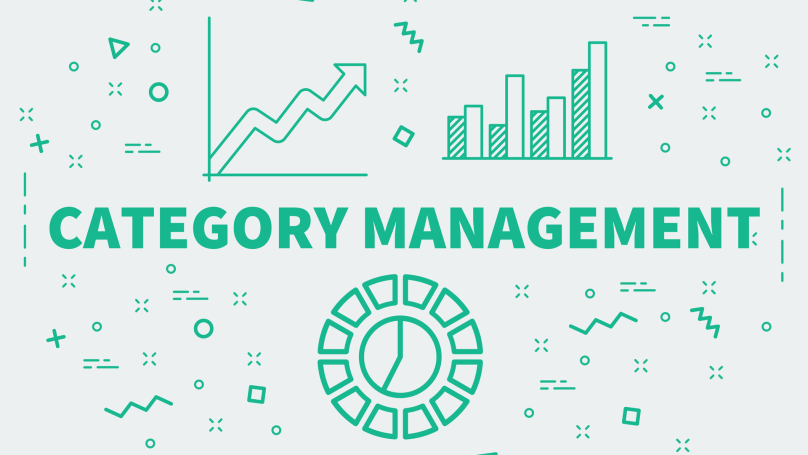



Category Management Definition Meaning Tools Strategy And Examples Glossary Lectera Educational Platform
The business practice of buying common goods and services as an enterprise to eliminate redundancies, increase efficiency, and deliver more value and savings from the Government's acquisition programs OMB M1913 Category management can be defined as the strategic approach to procurement, which includes its organization to segment its boughtin products and goods The segmentation of the goods and services explore the functions of these goods and services and helps maximize the annual turnover At its most basic level, category management is about bundling items Buyers look for items purchased across the company and consolidate disparate agreements into a single contract (and price) A




5 Simple Truths About Category Management Spend Matters
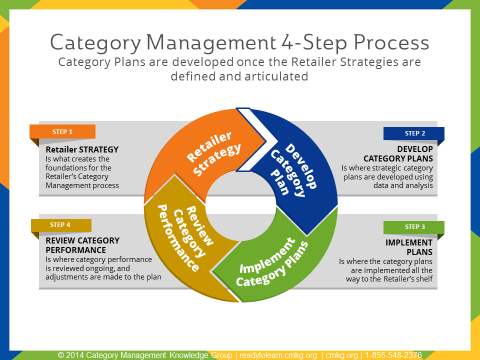



Category Plan Success Driven By Solid Catman Foundations
And then addressing all the diverse initiatives of a single category as a whole The initiatives captured in a particular category may include merchandising, procurement process, retail, and sales effortsThe entire category management process facilitates factbased selling by providing analytics from a retailer's as well as a manufacturer's perspective so that the mutual value of the business proposition can be known Considerations include product assortment, pricing, promotion, placement, timing and, to some degree, packaging The IT component is the automation of dataCategory management conducts continual analysis to stay ahead of trends, risk, demands or supply changes Category management also incorporates a demand management program to better understand the demand structure for goods and services used by the company and prioritize them appropriately This ensures that the company is not wasting money
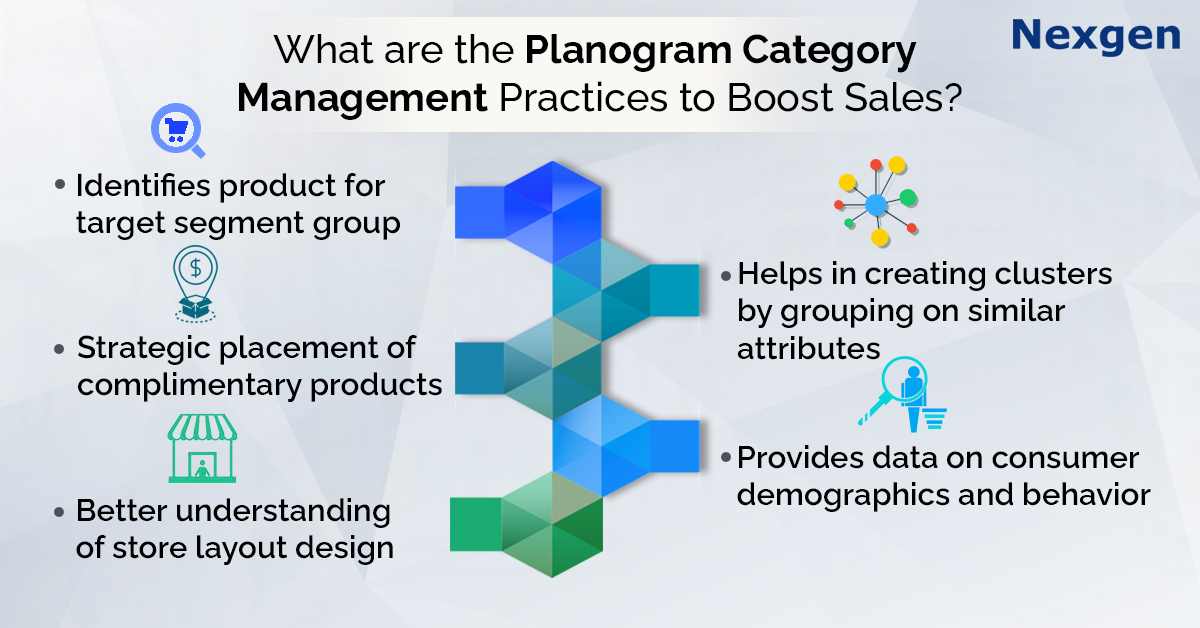



How To Implement Best Category Management Practices To Improve Retail Business Profit




What Is Category Management And How Do You Use It
Devising longterm development strategies for product categories;Used by the social networking service, LinkedIn, for tracking the use of embedded services Collects data on user behaviour and interaction in order to optimize the website and make advertisement on the website more relevant Collects information on user behaviour on Category management is a procurement best practice adopted by organizations globally to create a procurement management process that is more integrated, efficient, structured, and costeffective As an eProcurement platform, ProcurePort's powerful and intuitive modules help organizations in their procurement strategies




Tilling A Field With A Teaspoon A Cautionary Tale Of Category Management Spend Matters




Category Management
The Category Analyst program solidifies category knowledge and lays the foundation for success in the category management field by emphasizing industry knowledge, history, and basic data analysis CPCA's develop the skills and category expertise to establish themselves as frontline resources for our retail partners Category management priorities for 22 Looking ahead to 22, the category manager has 3 strategic priorities 1 Understanding their customers better and building shoppercentric strategies A common platform for retailers' data can support integrated business planning and can help both CPG category managers and retailers work toward theClear Data Drives Action Proactively manage your categories, review results and make any necessary adjustments Make timely assessments and take clear action with intuitive reports and dashboards Leading edge category management maximizes value and elevates procurement as a key strategic partner Build, monitor and manage your strategies in
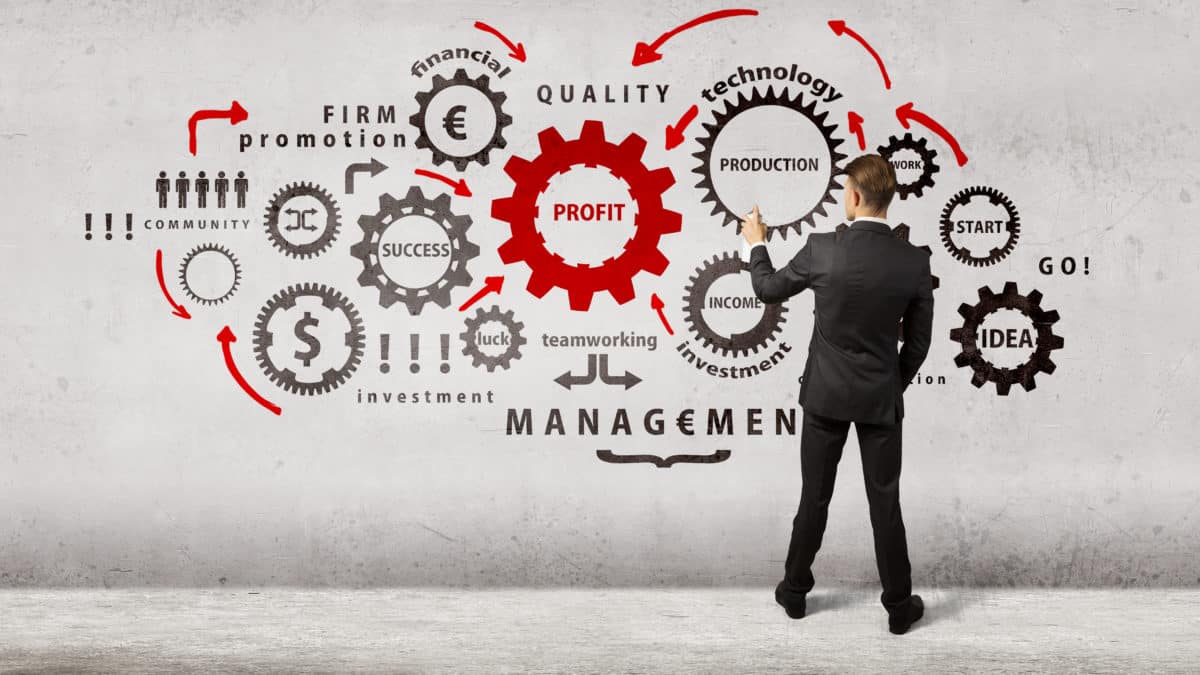



The 8 Category Manager Skills You Need To Survive In Retail




Category Management Springtide Procurement
7 Key Steps to Nailing Category Management There are 8 crucial steps required to navigate the road to category management success Before getting started, it is vital to develop an understanding of the retailer's goals, including profit margin expectations Explore the steps below to mastering category management 1 Collects statistics on the visitor's visits to the website, such as the number of visits, average time spent on the website and what pages have been read 1 year HTTP Cookie _hjTLDTest wwwcipsorg Registers statistical data on users' behaviour on the website Used for internal analytics by the website operator The Category Management Leadership Council (CMLC) is a council of representatives that come from the agencies who comprise the majority of federal procurement spending The CMLC's mission is to be the governing body that makes important decisions and sets the direction of the government's category management initiative




Here S How Category Management Solutions Can Improve Procurement In Your Company Supply Management



Category Management Proposed Structure Creately
Category management is an approach to the organisation of purchasing within a business organisation Applying category management to purchasing activity benefits organisations by providing an approach to reduce the cost of buying goods and services, reduce risk in the supply chain, increase overall value from the supply base and gain access to Category Management is the process whereby organisations buy more effectively and save significant sums of money through streamlined procurement A 'category' refers to goods, works or services being bundled into one group and the items are consolidated into a single contract agreement This removes the need to draw up multiple contractsDeveloping exit strategies for unsuccessful products;




Category Management 101 What Is Category Management The Strategic Sourceror




Category Management In Purchasing A Strategic Approach To Maximize Business Profitability O Brien Jonathan Amazon Com Books
What we haven't done yet is have a look at the category management process as a whole While there is debate over the number of steps that are involved some say as many as eight while others peg it at five, at DotActiv, we follow a sixstep process 1 Define your categories The first step in the category management process is to define Category management is a strategic approach to procurement As Delta's first blog 'A Guide to Category Management' outlines, the concept of category management derived from marketing in supermarkets, where careful analysis of topselling products and demand was streamlined across stores to make organisations spend as effective and efficient as possible



How Category Management In Procurement Can Cut Total Cost Of Ownership




Category Management Definition Meaning Tools Strategy And Examples Glossary Lectera Educational Platform



How Category Management Helps Retailers With Top Retail Trends




What Is A Category Management Dashboard Accelerated Insight
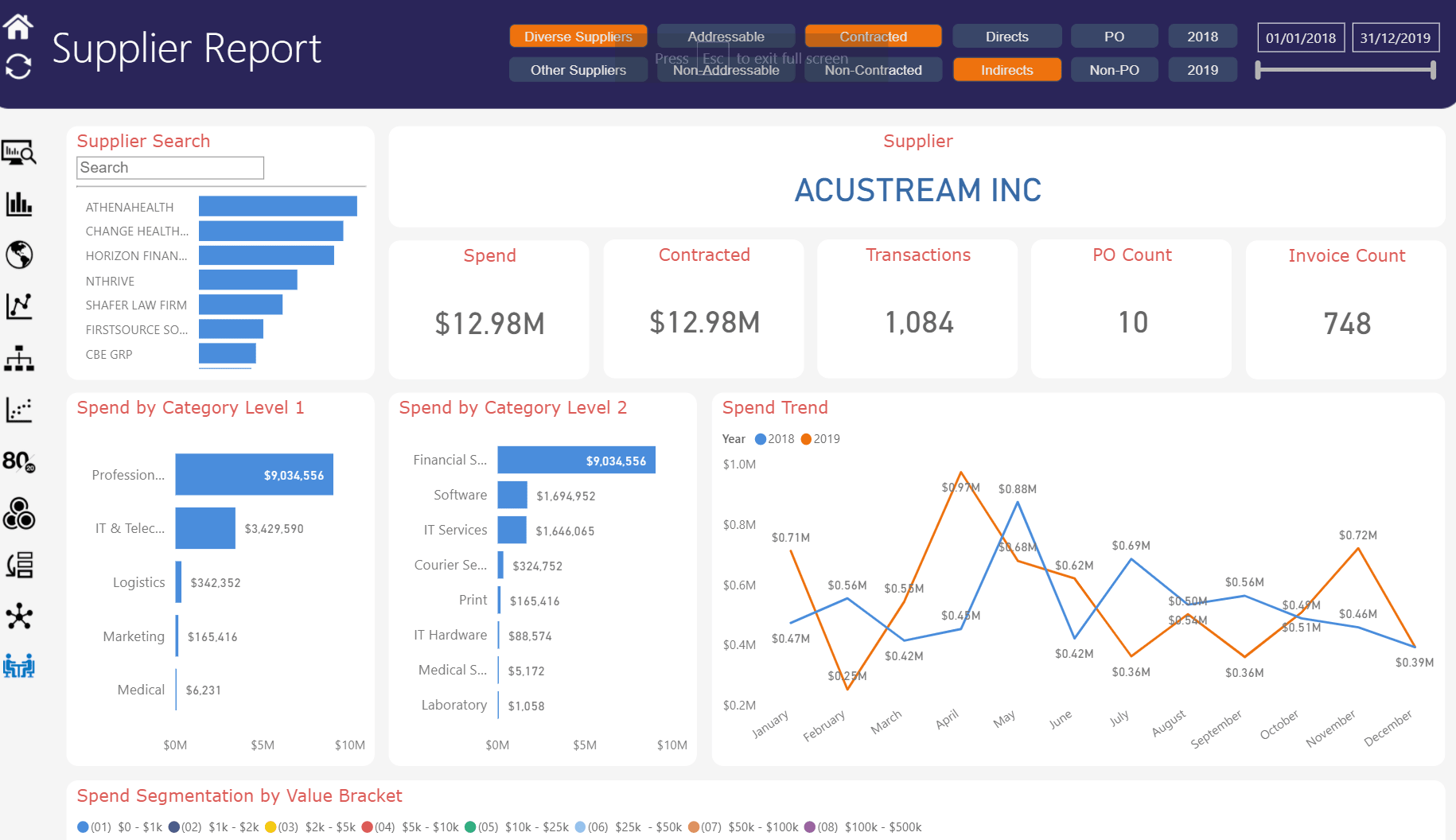



What Is Category Management How And Why Is It Important
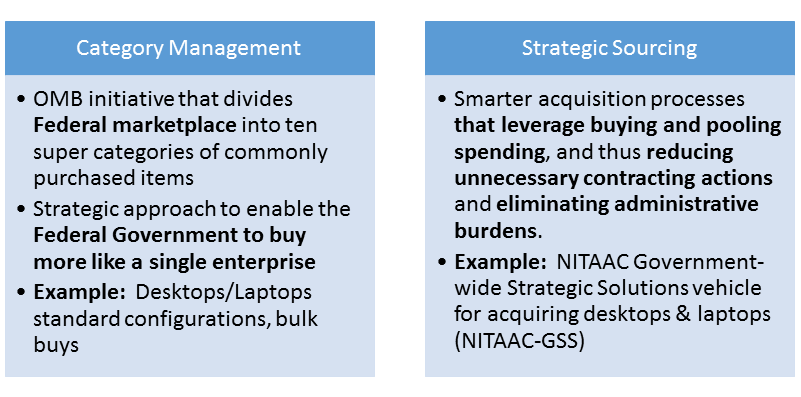



Category Management And Strategic Sourcing Olao



1
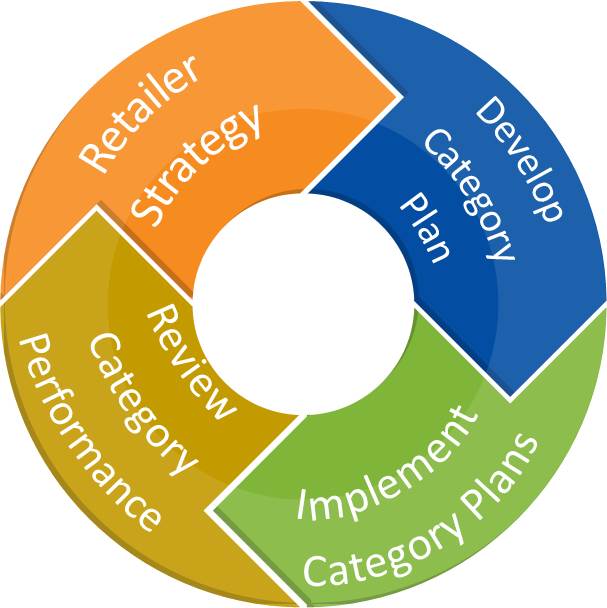



Category Management Overview Back To The Foundations




Category Management S Next Horizon Mckinsey




Five Stages Of Category Management Canstock




Objectives Of Category Management Procurement Blog Procurement Supply Chain News




Category Management Best Practices Thought Leadership For Retail Cpg Teams Category Analytics




The Department Of Defense Adopts Category Management Govwin Iq



4 Things To Know Before You Launch A Category Management Program
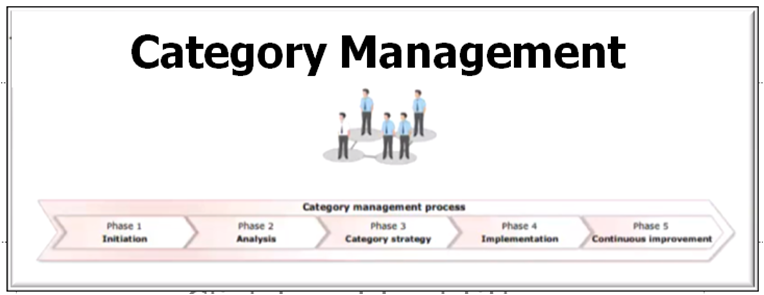



Category Management In Procurement Online Training Course
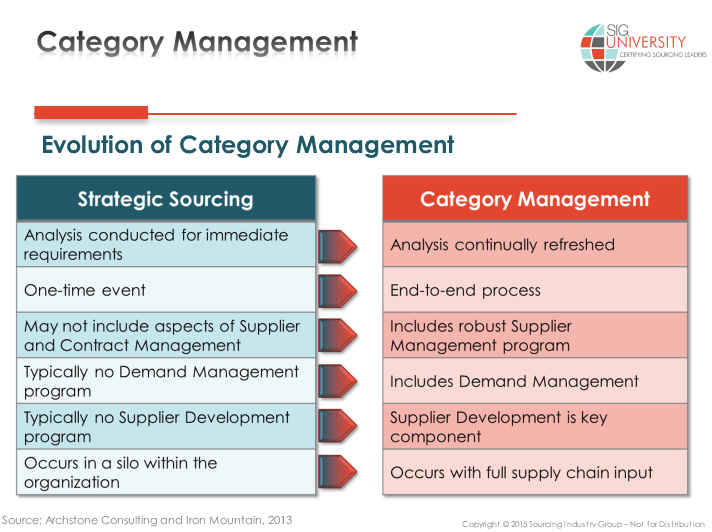



The Guide To Understanding Category Management




Difference Between Category Management Vs Strategic Sourcing Dxp
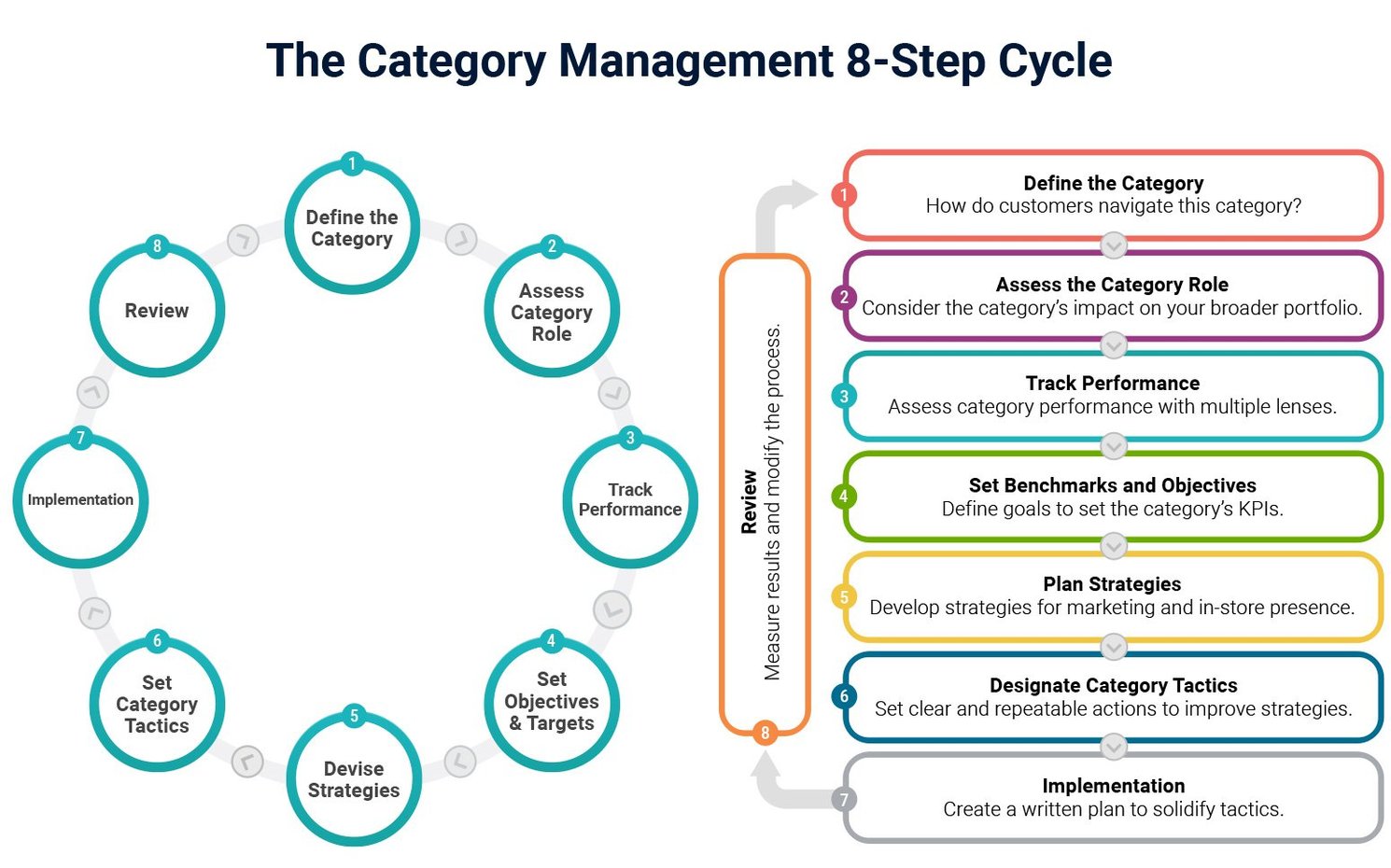



What Is Category Management 5 Tools For Success




Amazon Com Category Management Simplified The 9 Most Important Steps To Take To Implement True Category Management And Realize Benefits Procurement Simplified Book 1 Ebook Nygard Oystein Kindle Store




Category Management In Purchasing A Strategic Approach To Maximize Business Profitability O Brien Jonathan Amazon Com Books
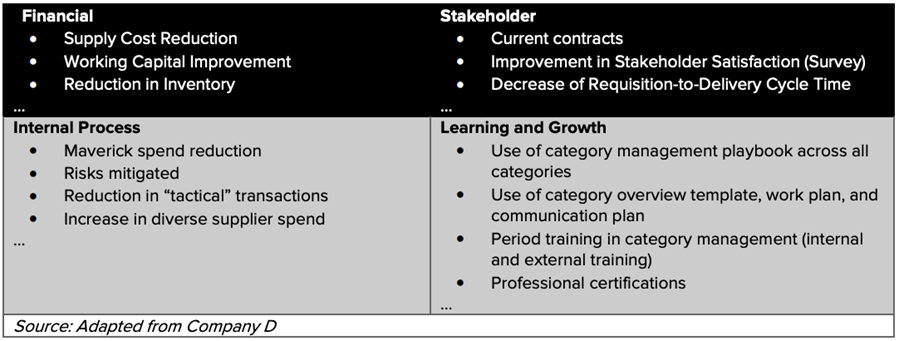



Measure The Effectiveness Of Your Category Management Strategy




5 Simple Truths About Category Management Spend Matters




What Are The 4 P S Of Category Management Zippia
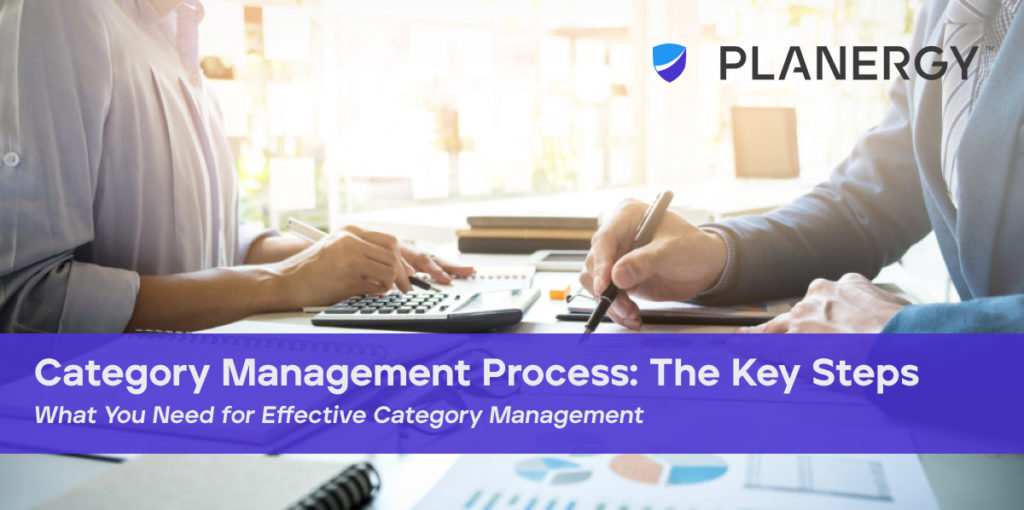



Category Management Process The Key Steps Planergy Software




Category Management Impact 21




5 Simple Truths About Category Management Spend Matters
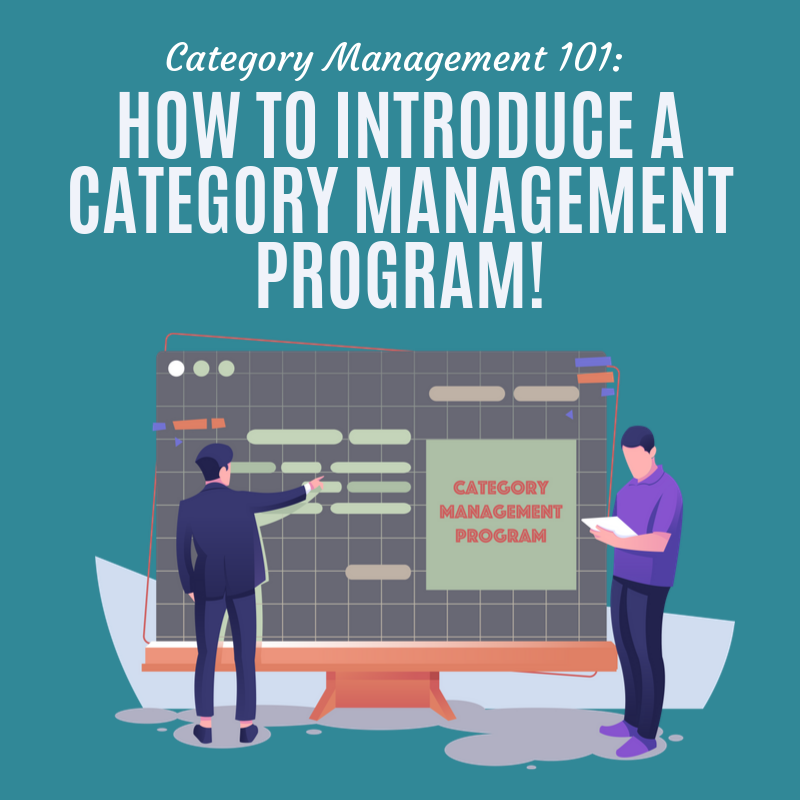



Category Management 101 How To Introduce A Category Management Program Vendor Centric



The Key Principles Of Category Management Purchasing Practice



Category Management Marketing Initiatives




Category Management Mastery




Category Management Best Practices




Category Management Definition Procurement Training Purchasing Skills Youtube
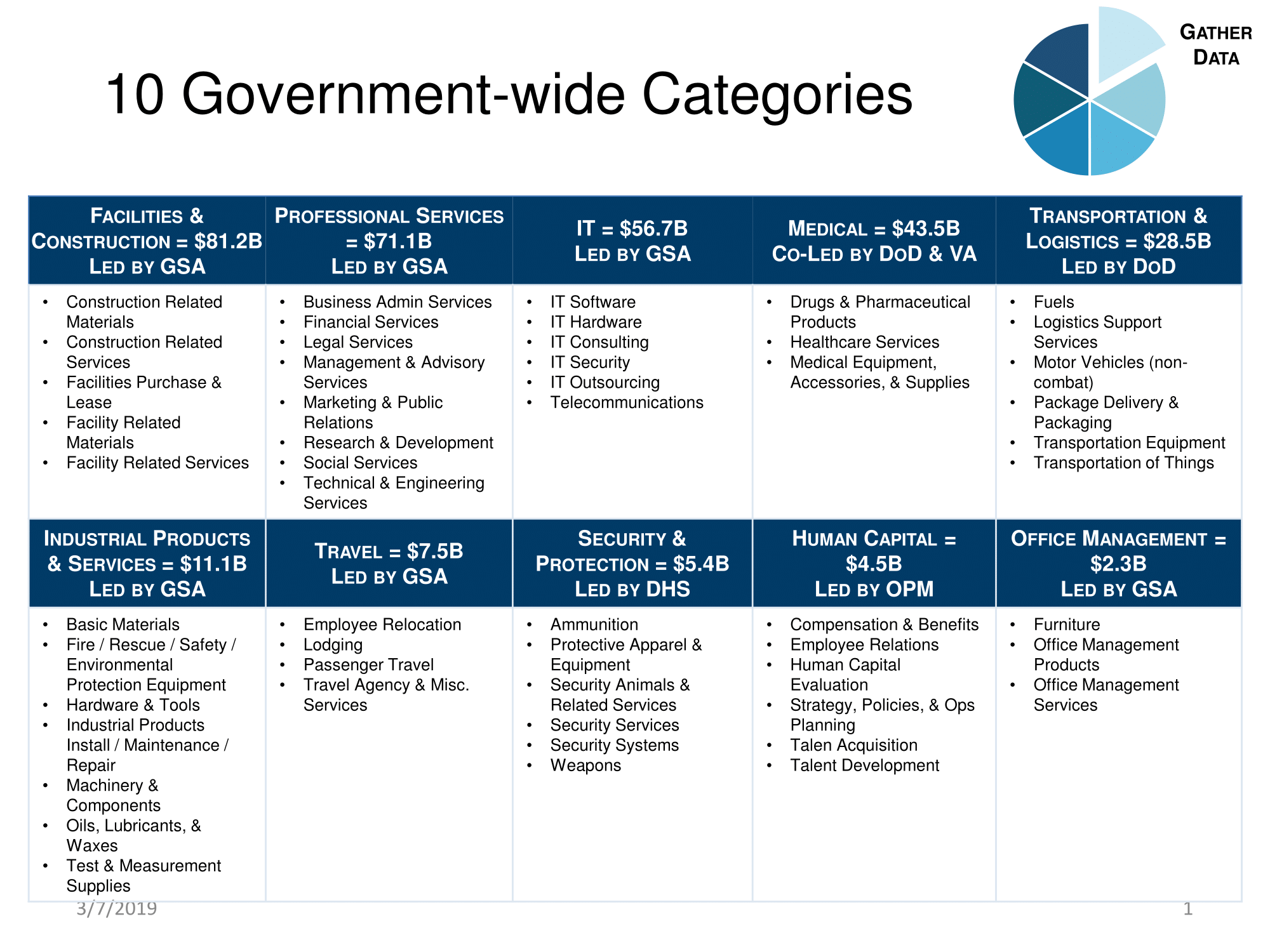



Category Management Acquisition Gov
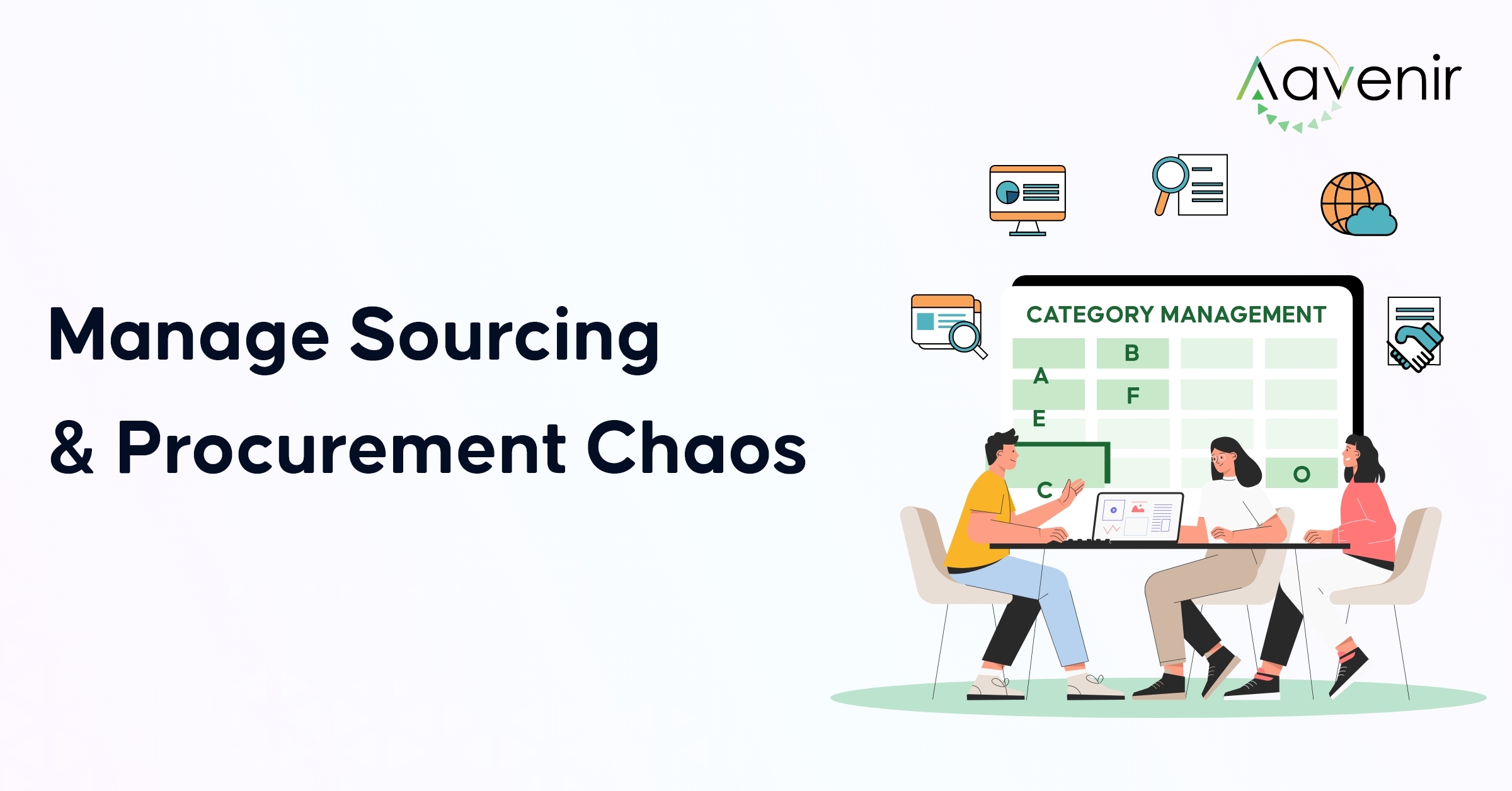



Reimagining Category Management A Strategic Approach To More Innovative Sourcing venir




Category Management The Future Of Higher Education Procurement Procura Consulting




It Category Management Best Practices Now With Pumpkin Spice The Strategic Sourceror



Dau Acquipedia Category Management Cm
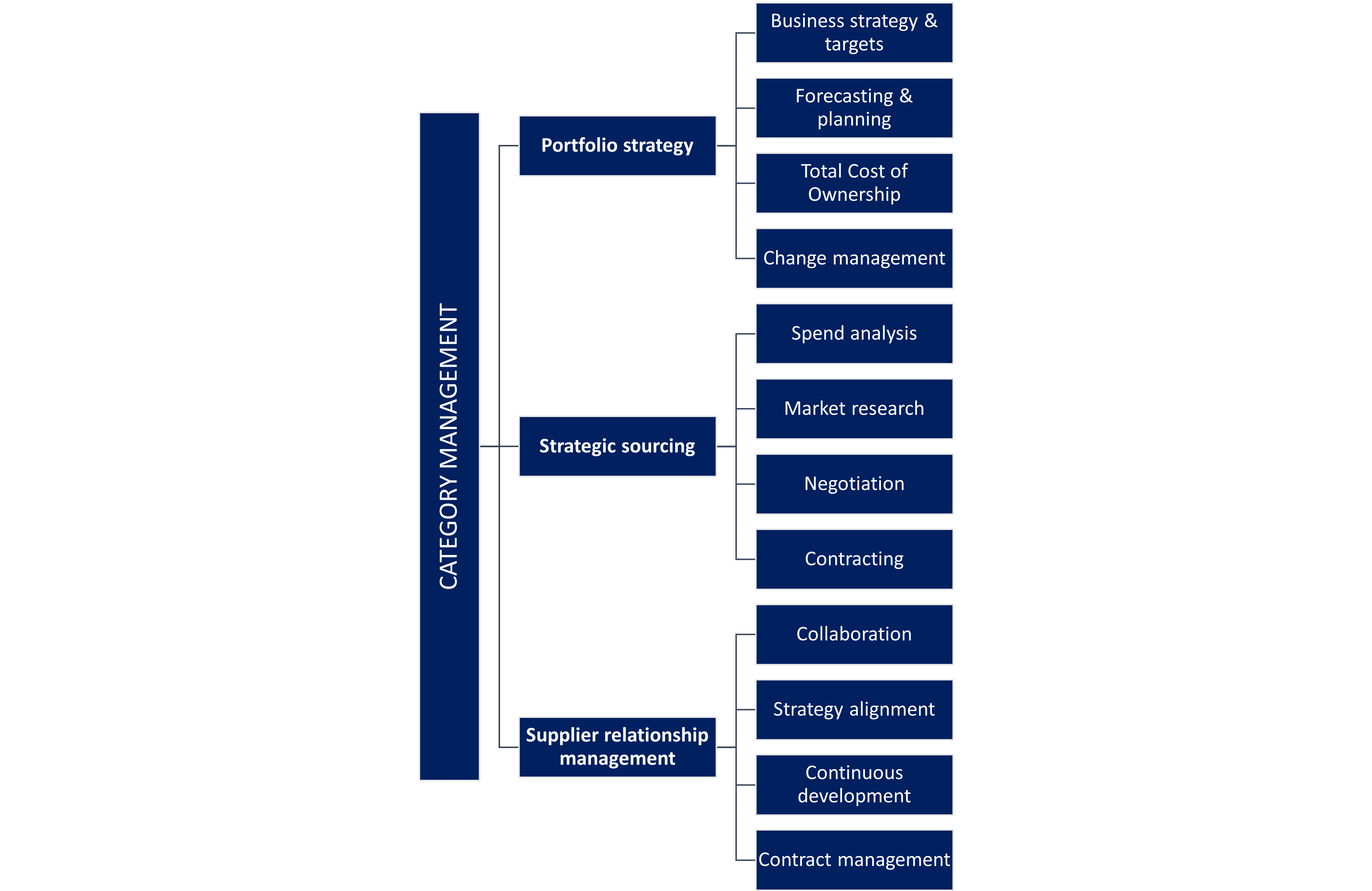



Category Management Definitions And Best Practices




What Is Category Management The Pig Site
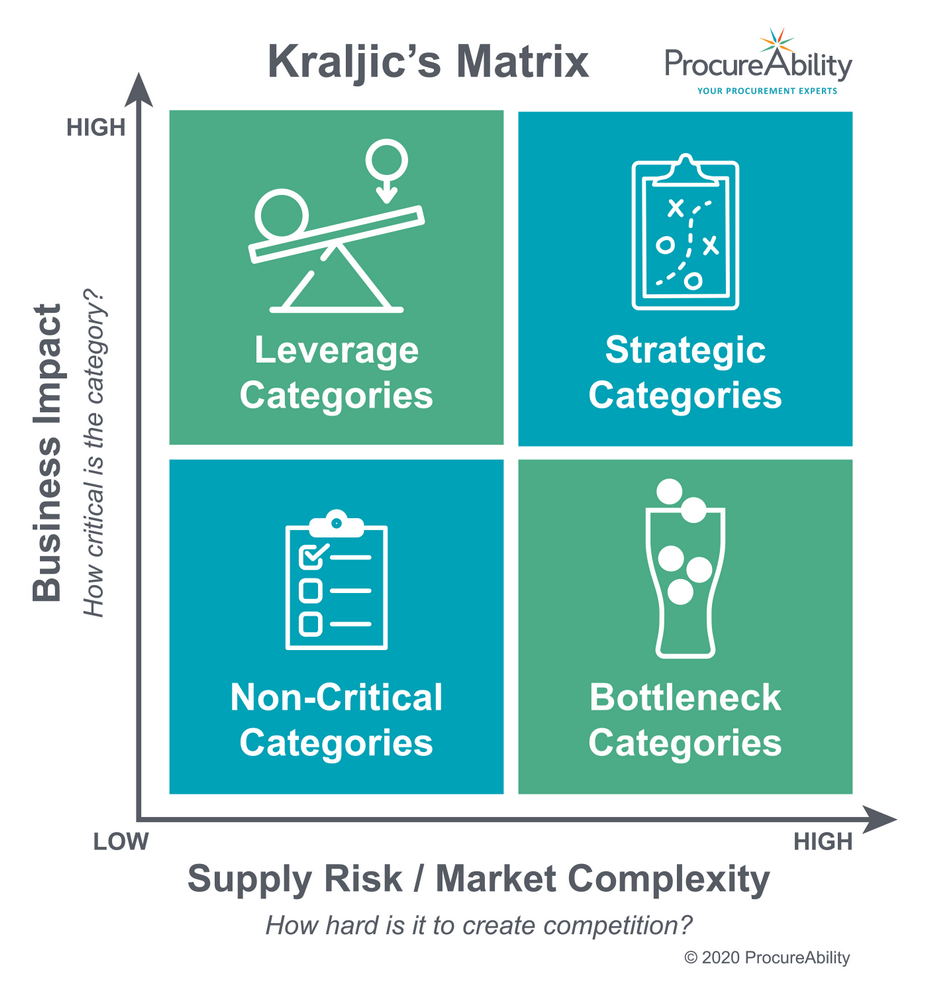



Kraljic S Matrix 4 Drivers Of Category Management Strategy Procureability



1
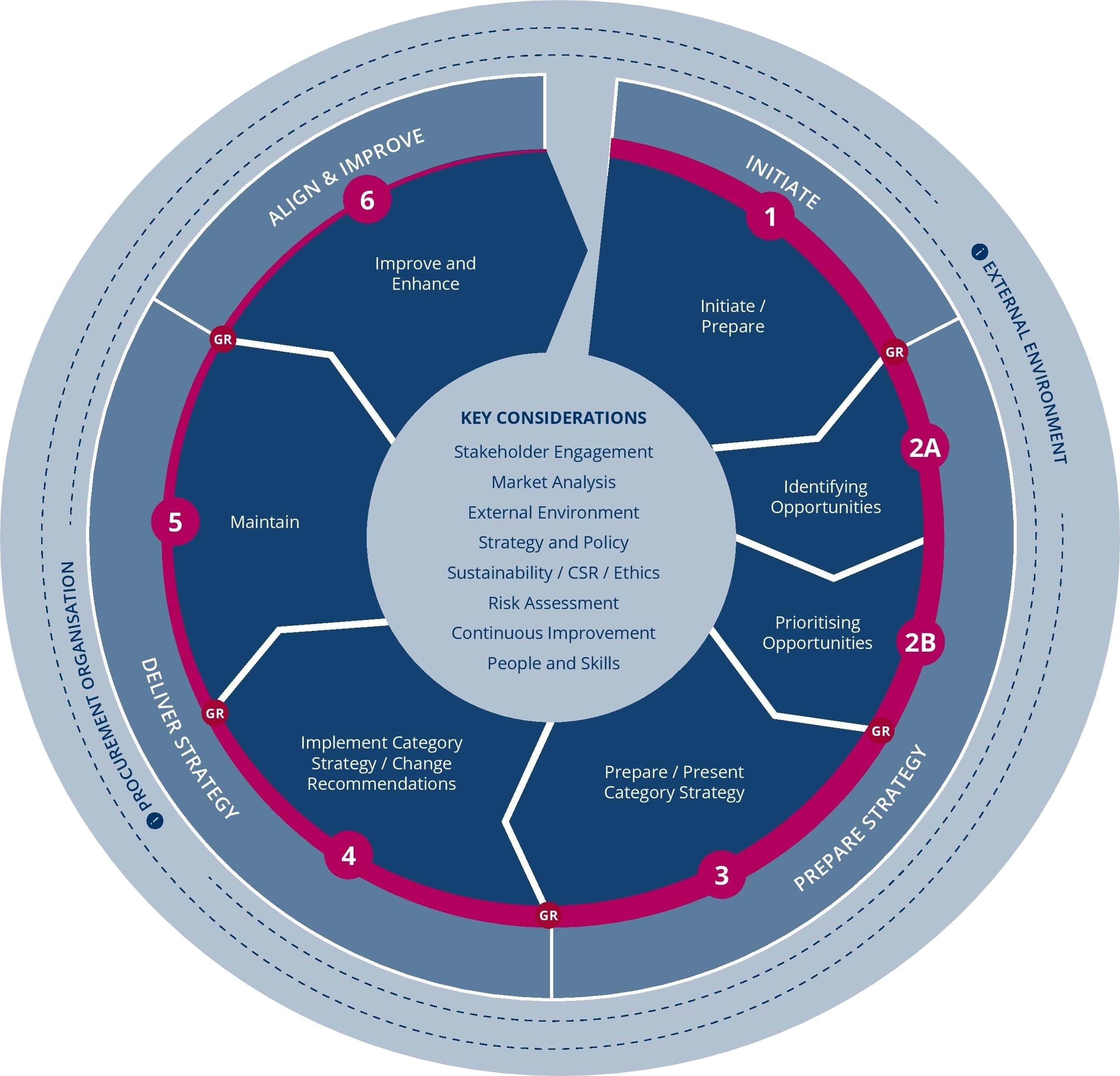



What Is Category Management How And Why Is It Important




Category Management Bell Procurement Management



1




Effective Category Management Using Data Analytics Datahut




Words Matter Strategic Sourcing Vs Category Management




Category Manager Job Description Jobsoid




Category Management venir
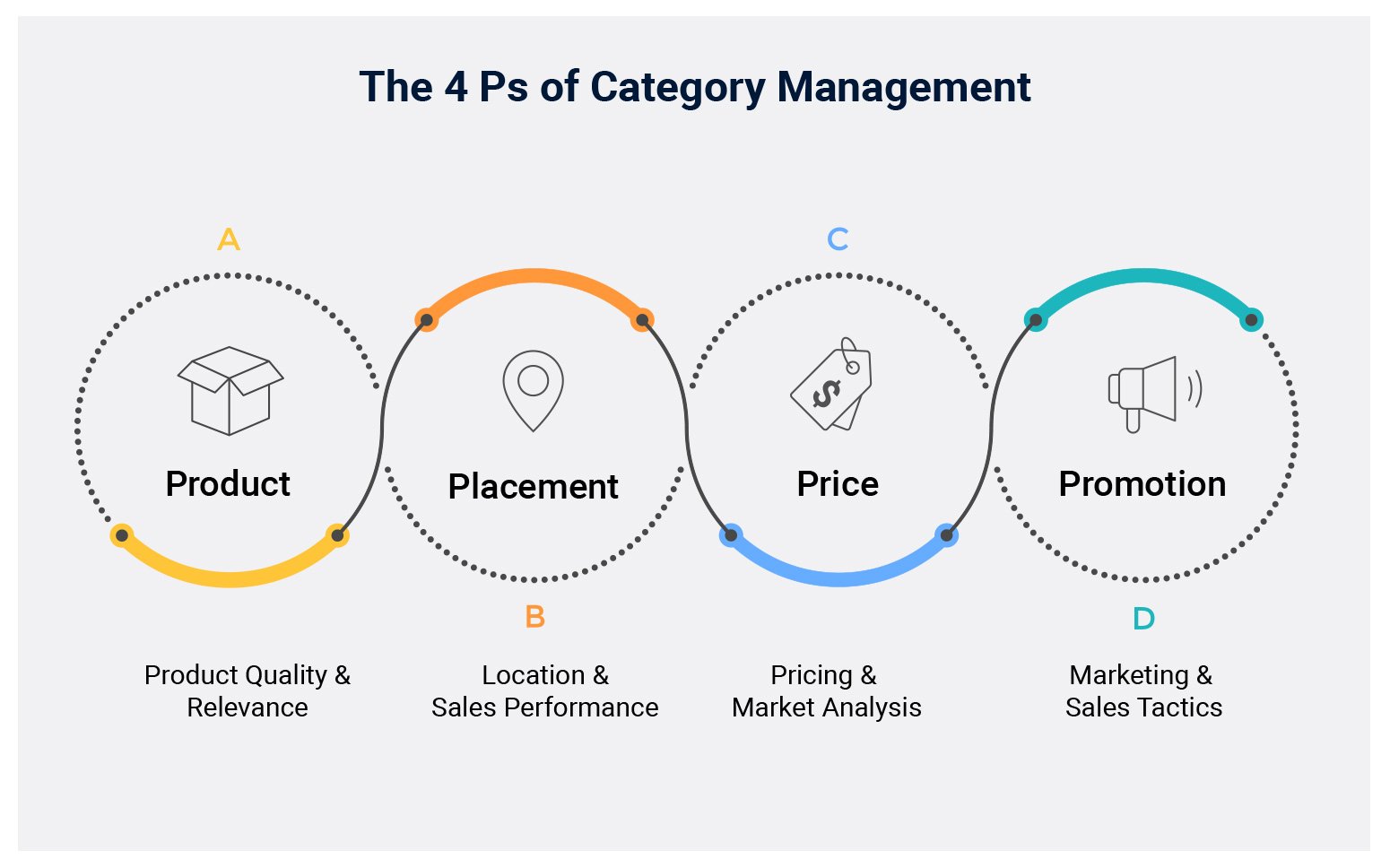



What Is Category Management 5 Tools For Success
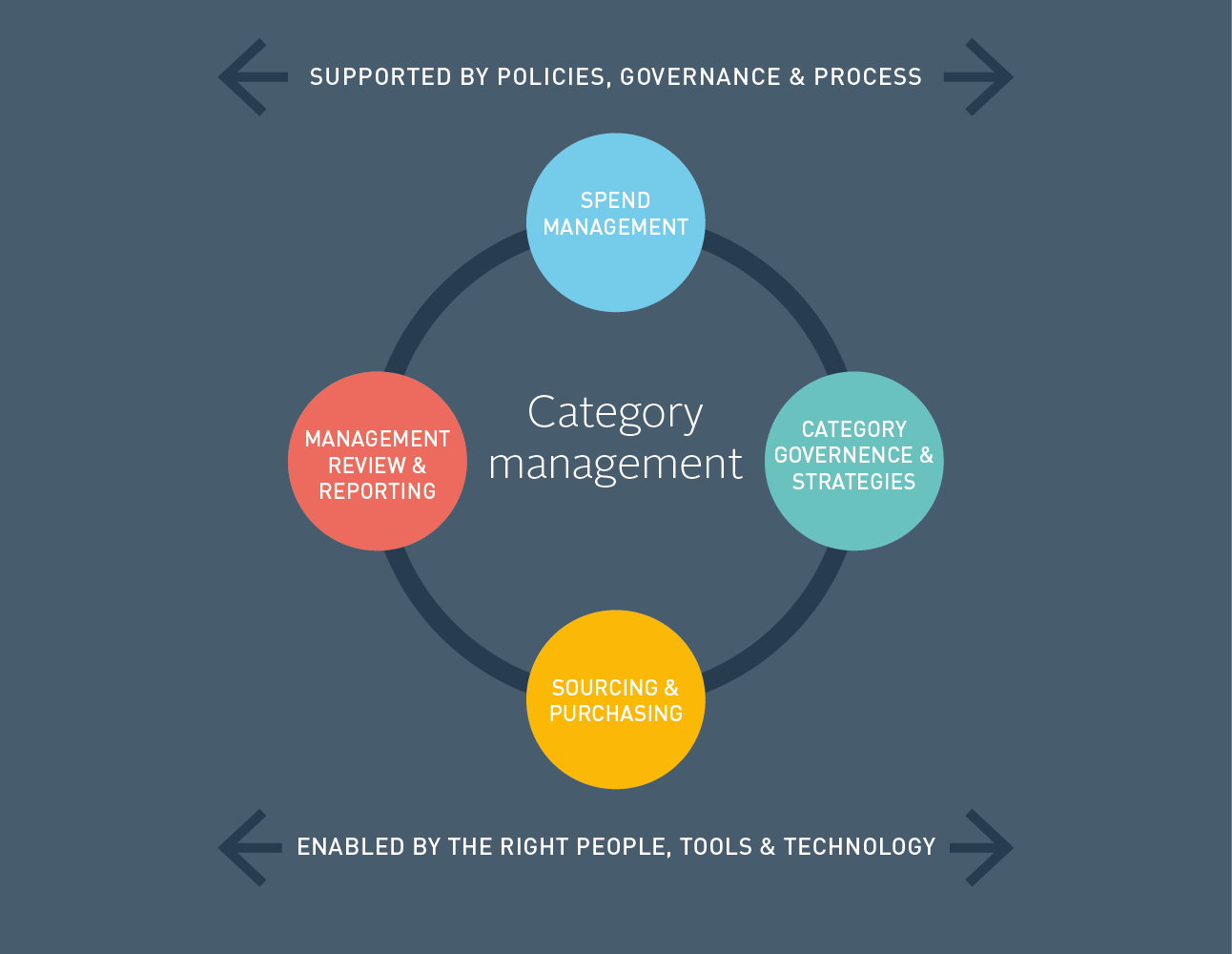



State Of Flux Services Consulting Training And Srm Technology State Of Flux



2
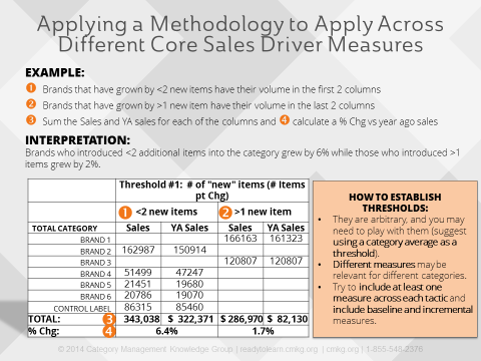



8 Ways To Move To More Advanced Category Management Analytics




What Are The Important Category Roles In Category Management Valq
.JPG)



Four Ways To Break Through To Category Management Scottmadden




Category Management Benefits Optimized Procurement



Category Management Is About Breakthrough Value Creation
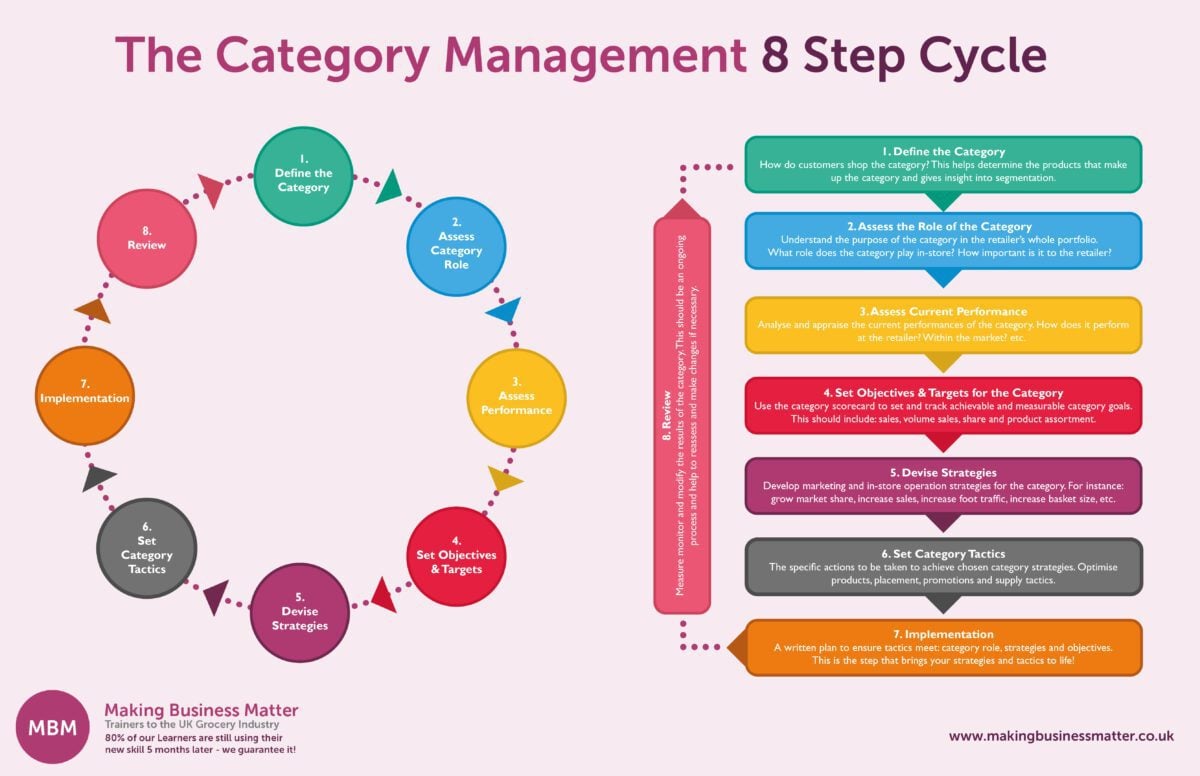



Category Management The Ultimate Guide Mbm
/retail-category-manager-job-description-2892280-4df95795a1504fd096fdb4f99f0ec03a.png)



Retail Category Manager Job Description Salary More
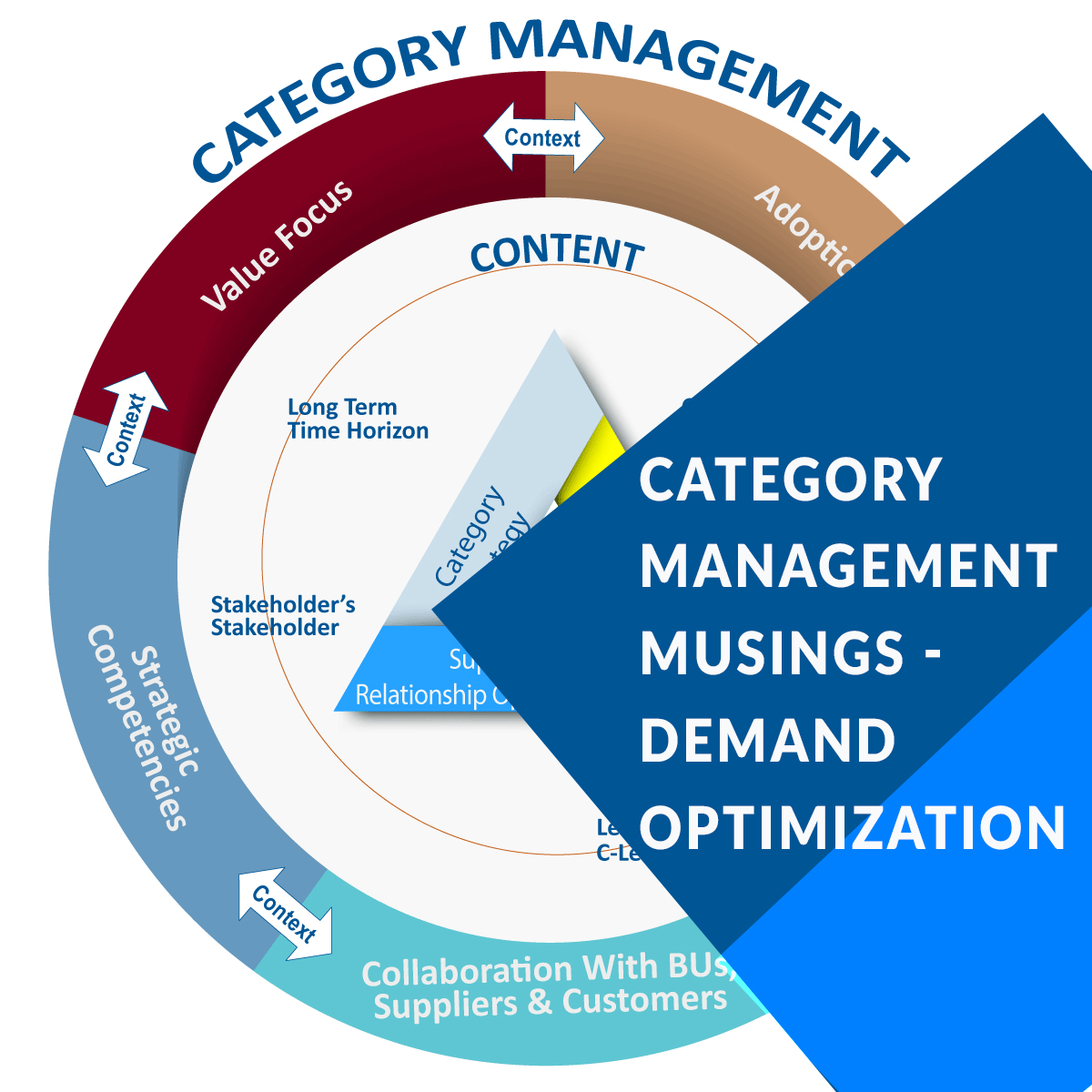



Category Management Musings




8 Step Category Management Process Enabling A Medical Devices Supplier To Achieve Savings Of 17 Spendedge




The Major Causes Of Poor Category Management Strategic Sourcing Procurement And Supply Australasia




Category Management Strategy Evolve To Succeed Planergy Software
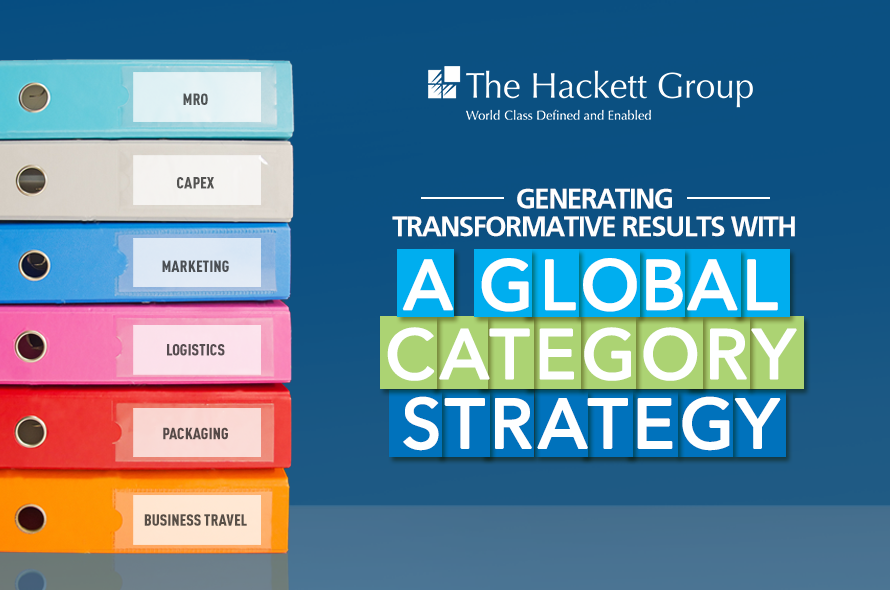



Whitepaper On Category Management Generating Transformative Results With A Global Category Strategy Gep




Usahca Category Management




Ecommerce Makes Category Management Exciting Again
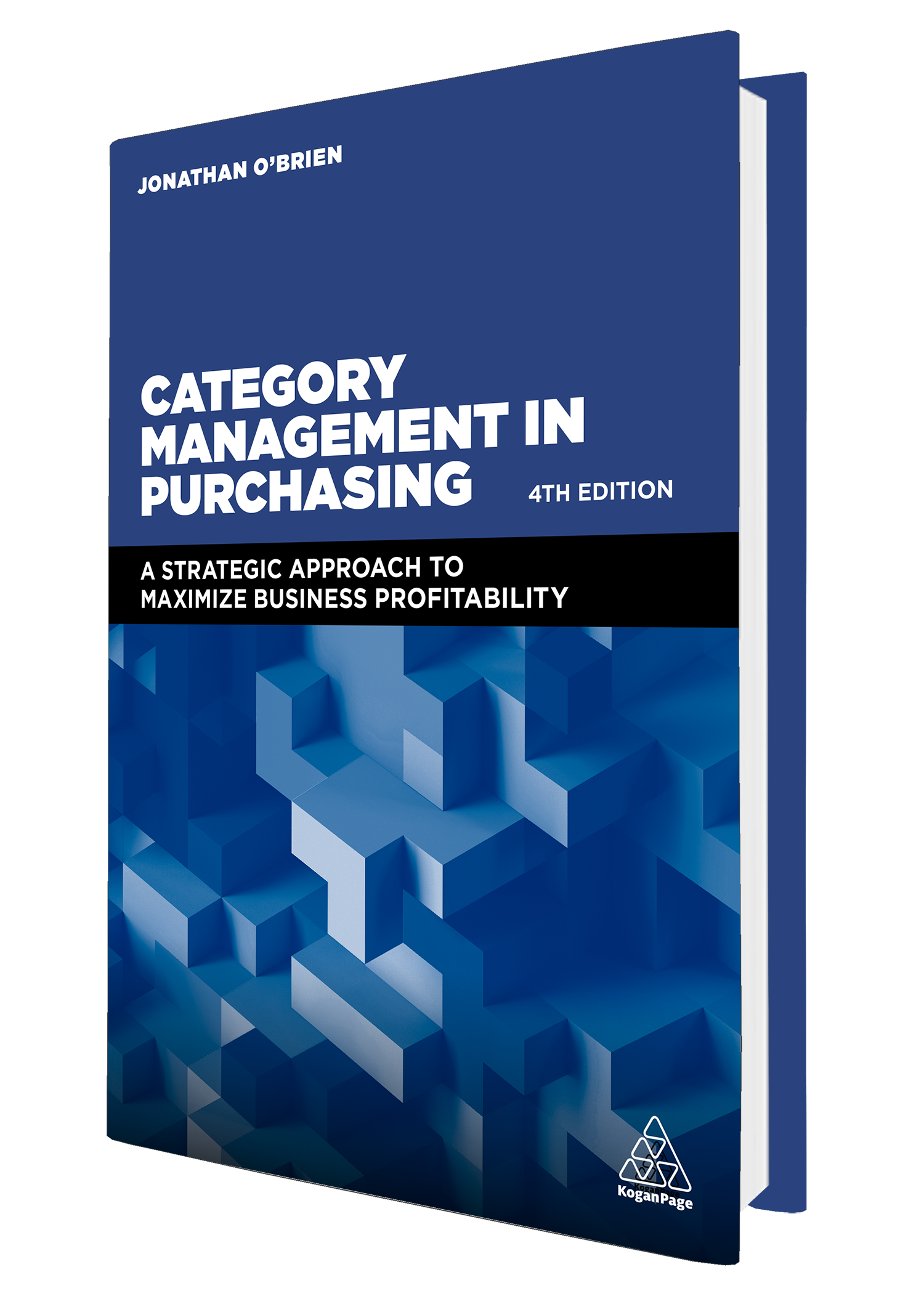



Category Management In Purchasing Positive Procurement Transformation Expert Training For Improved Purchasing And Procurement




Category Management Pmo Structure Acquisition Gateway
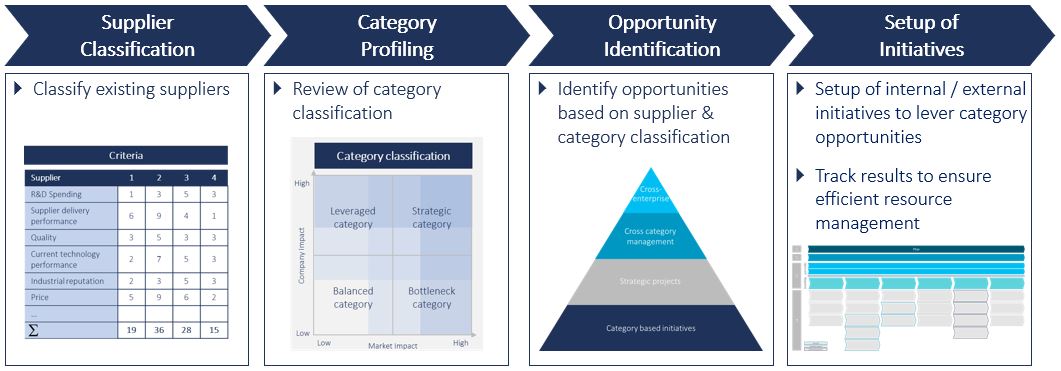



Category Management In Procurement Camelot Blog
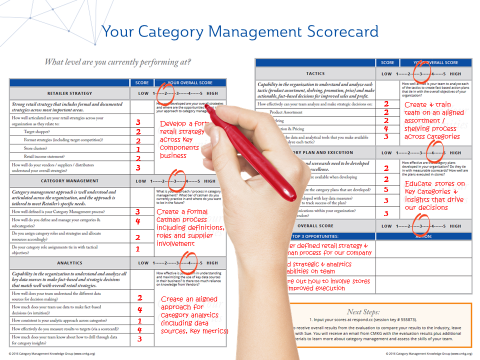



Category Management In Retail Scorecard Compare Part 1 Results



The Importance Of Using Best Practices In Category Management The Partnering Group



Category




Category Management Survival Skills For Retailers Exclusive Video Youtube
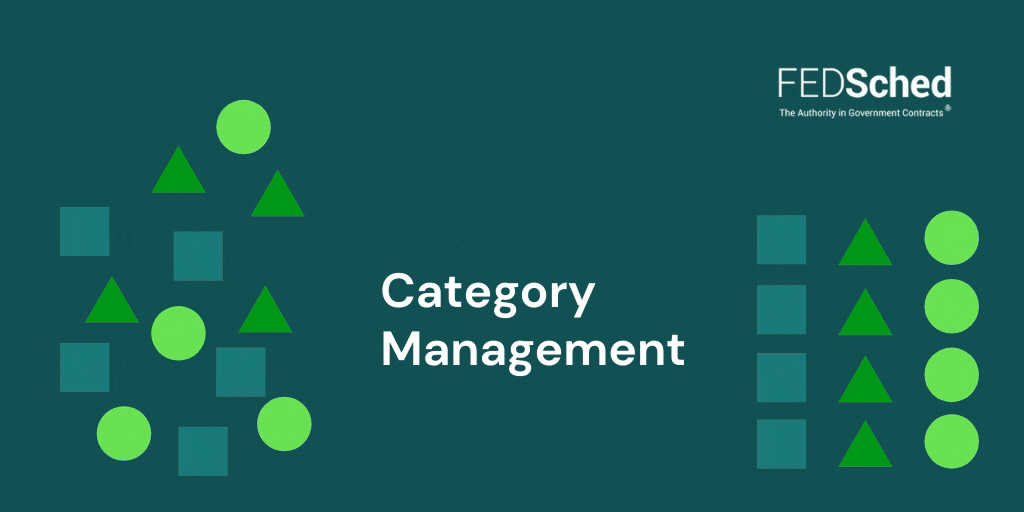



Category Management Spend Under Managment Best In Class Bics
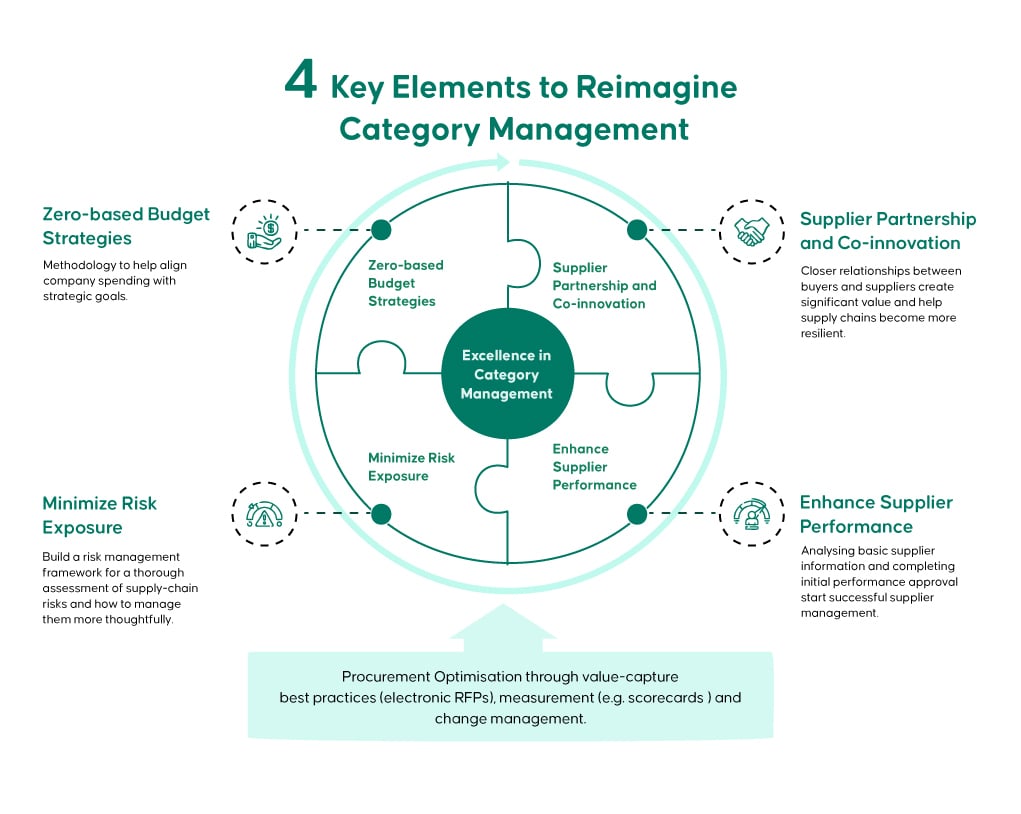



Reimagining Category Management A Strategic Approach To More Innovative Sourcing venir
.JPG)



Four Ways To Break Through To Category Management Scottmadden
.jpg?width=1490&name=Infographic_03%20(1).jpg)



What Is Category Management 5 Tools For Success




Benefits Of Category Management In Procurement Planergy Software
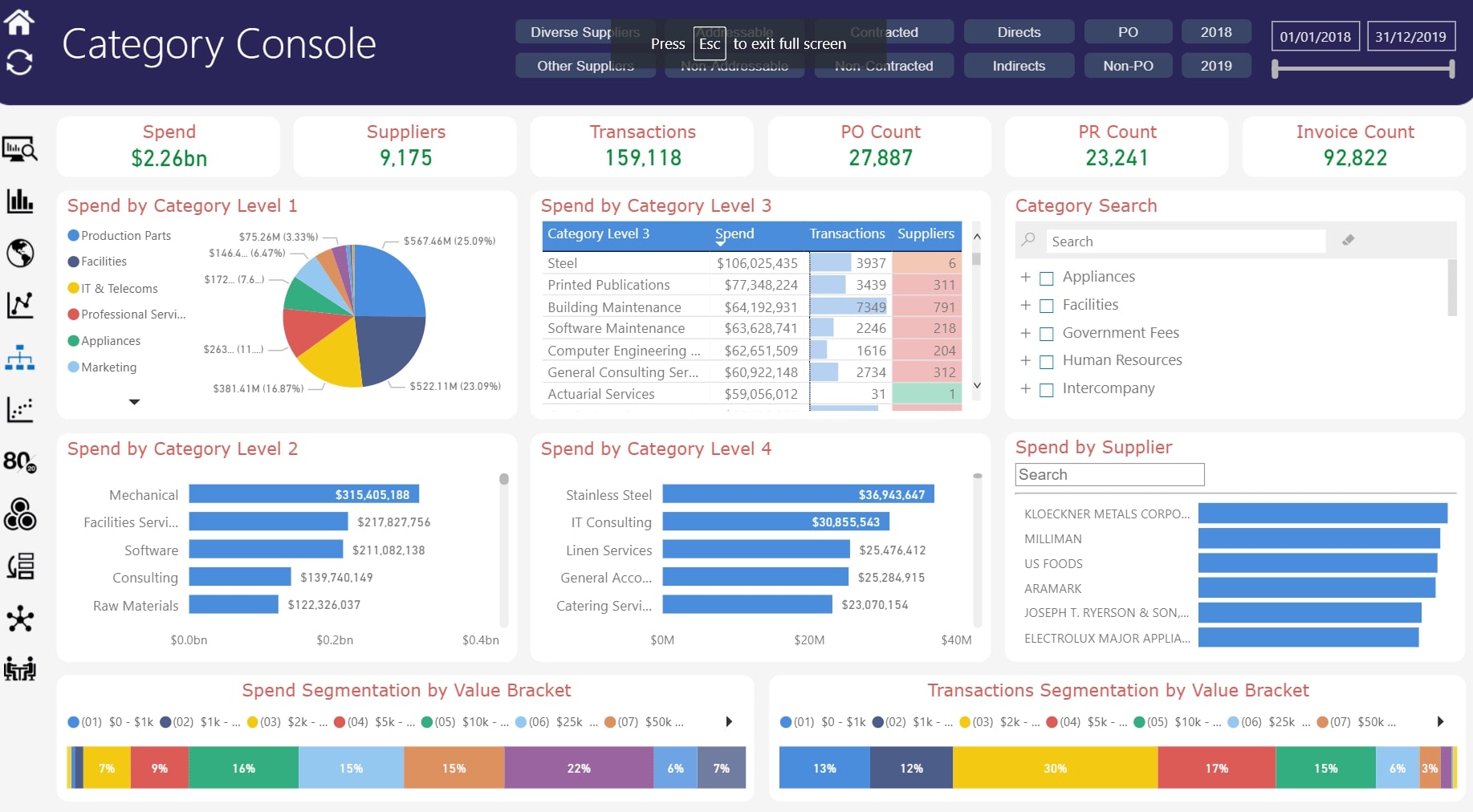



What Is Category Management How And Why Is It Important



0 件のコメント:
コメントを投稿